生活中随处可见的限流,在Java中又是怎么应用的呢?

一、限流基础知识介绍
为啥要限流,相信就不用我多说了。
- 比如,我周末去饭店吃饭,但是人太多了,我只能去前台拿个号,等号码到我的时候才能进饭店吃饭。如果饭店没有限流怎么办?一到饭点,人都往里冲,而饭店又处理不了这么多人流,很容易就出事故(饭店塞满了人,无路可走。饭店的工作人员崩溃了,处理不过来)
- 回到代码世界上也是一样的,服务器能处理的请求数有限,如果请求量特别大,我们需要做限流(要么就让请求等待,要么就把请求给扔了)
在代码世界上,限流有两种比较常见的算法:
- 令牌桶算法
- 漏桶算法
1.1 什么是漏桶算法
比如,现在我有一个桶子,绿色那块是我能装水的容量,如果超过我能装下的容量,再往桶子里边倒水,就会溢出来(限流):
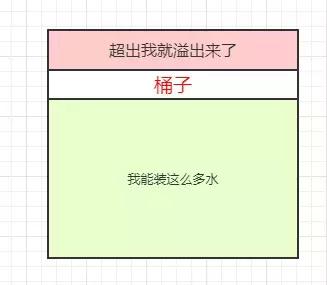
我们目前可以知道的是:
- 桶子的容量是固定的(是图上绿色那块)
- 超出了桶子的容量就会溢出(要么等待,要么直接丢弃)
OK,现在我们在桶子里挖个洞,让水可以从洞子里边流出来:
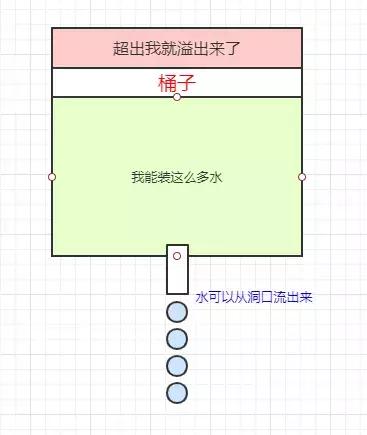
桶子的洞口的大小是固定的,所以水从洞口流出来的速率也是固定的。
所以总结下来算法所需的参数就两个:
- 桶子的容量
- 漏水的速率
漏桶算法有两种实现:
- 不允许突发流量的情况:如果进水的速率大于出水的速率,直接舍弃掉多余的水。比如,我的桶子容量能装100L,但我的桶子出水速率是10L/s。此时,如果现在有100L/s的水进来,我只让10L的水进到桶子,其余的都限流。(限定了请求的速度)
- 允许一定的突发流量情况:我的桶子能装100L,如果现在我的桶子是空的,那么这100L的水都能进我的桶子。我以10L/s的速率将这些水流出,如果还有100L的水进来,只能限流了。
经过上面的分析我们就知道:
漏桶算法可以平滑网络上的突发流量(因为漏水的速率是固定的)
1.2 什么是令牌桶算法
现在我有另外一个桶子,这个桶子不用来装水,用来装令牌:
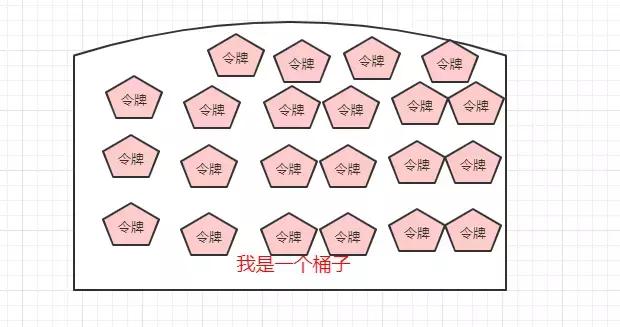
令牌会一定的速率扔进桶子里边,比如我1秒扔10个令牌进桶子:
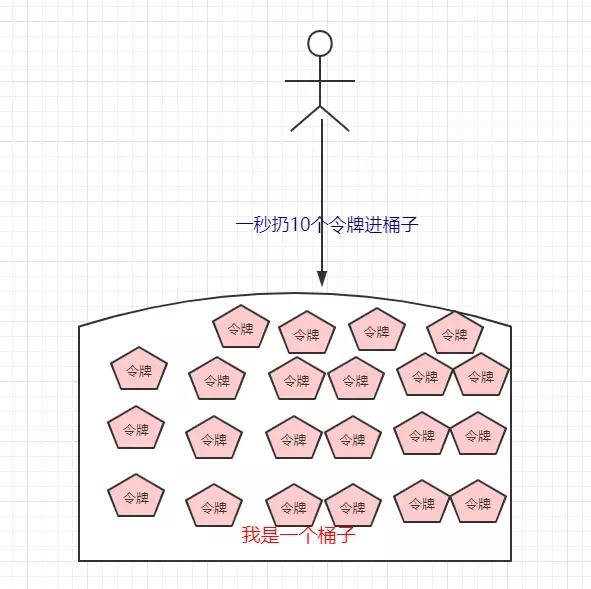
桶子能装令牌的个数有上限的,比如我的桶子最多只能装1000个令牌。
每个请求进来,就会去桶子拿一个令牌
- 比如这秒我有1001个请求,我就去桶子里边拿1001个令牌,此时可能会出现两种情况:
- 桶子里边没有1001个令牌,只有1000个,那没拿到令牌的请求只能被阻塞了(等待)
- 桶子里边有1001个令牌,所有请求都可以执行。
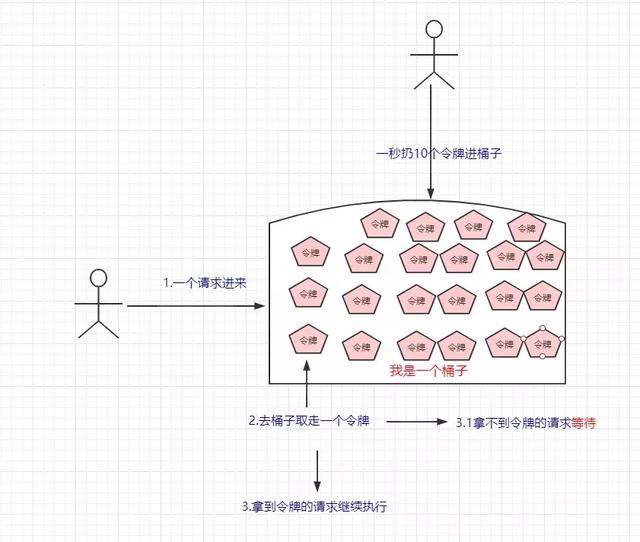
令牌桶算法支持网络上的突发流量
**漏桶和令牌桶的区别:**从上面的例子估计大家也能看出来了,漏桶只能以固定的速率去处理请求,而令牌桶可以以桶子最大的令牌数去处理请求
二、RateLimiter使用
RateLimiter是Guava的一个限流组件,我这边的系统就有用到这个限流组件,使用起来十分方便。
引入pom依赖:
<dependency> <groupId>com.google.guava</groupId> <artifactId>guava</artifactId> <version>20.0</version> </dependency>
RateLimiter它是基于令牌桶算法的,API非常简单,看以下的Demo:
public static void main(String[] args) {
//线程池
ExecutorService exec = Executors.newCachedThreadPool();
//速率是每秒只有3个许可
final RateLimiter rateLimiter = RateLimiter.create(3.0);
for (int i = 0; i < 100; i++) {
final int no = i;
Runnable runnable = new Runnable() {
@Override
public void run() {
try {
//获取许可
rateLimiter.acquire();
System.out.println("Accessing: " + no + ",time:"
+ new SimpleDateFormat("yy-MM-dd HH:mm:ss").format(new Date()));
} catch (Exception e) {
e.printStackTrace();
}
}
};
//执行线程
exec.execute(runnable);
}
//退出线程池
exec.shutdown();
}
我们可以从结果看出,每秒只能执行三个:
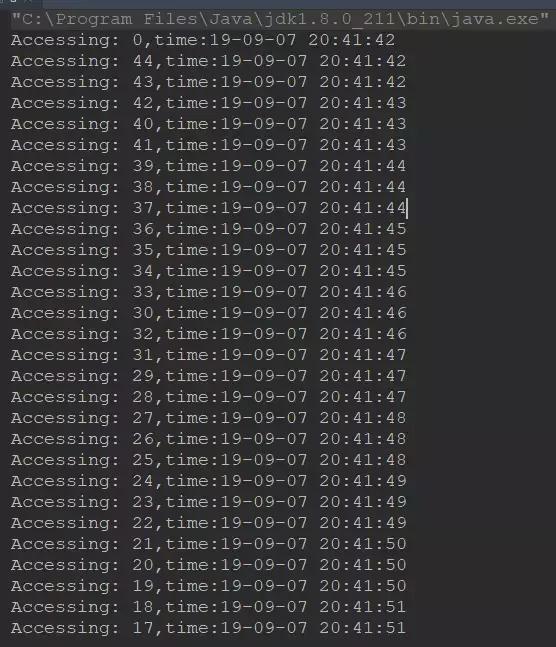
三、分布式限流
RateLimiter是一个单机的限流组件,如果是分布式应用的话,该怎么做?
可以使用Redis+Lua的方式来实现,大致的lua脚本代码如下:
local key = "rate.limit:" .. KEYS[1] --限流KEY
local limit = tonumber(ARGV[1]) --限流大小
local current = tonumber(redis.call('get', key) or "0")
if current + 1 > limit then --如果超出限流大小
return 0
else --请求数+1,并设置1秒过期
redis.call("INCRBY", key,"1")
redis.call("expire", key,"1")
return current + 1
Java代码如下:
public static boolean accquire() throws IOException, URISyntaxException {
Jedis jedis = new Jedis("127.0.0.1");
File luaFile = new File(RedisLimitRateWithLUA.class.getResource("/").toURI().getPath() + "limit.lua");
String luaScript = FileUtils.readFileToString(luaFile);
String key = "ip:" + System.currentTimeMillis()/1000; // 当前秒
String limit = "5"; // 最大限制
List<String> keys = new ArrayList<String>();
keys.add(key);
List<String> args = new ArrayList<String>();
args.add(limit);
Long result = (Long)(jedis.eval(luaScript, keys, args)); // 执行lua脚本,传入参数
return result == 1;
}
解释:
- Java代码传入key和最大的限制limit参数进lua脚本
- 执行lua脚本(lua脚本判断当前key是否超过了最大限制limit)
- 如果超过,则返回0(限流)
- 如果没超过,返回1(程序继续执行)
正文到此结束
热门推荐
相关文章
Loading...











![[HBLOG]公众号](https://www.liuhaihua.cn/img/qrcode_gzh.jpg)

